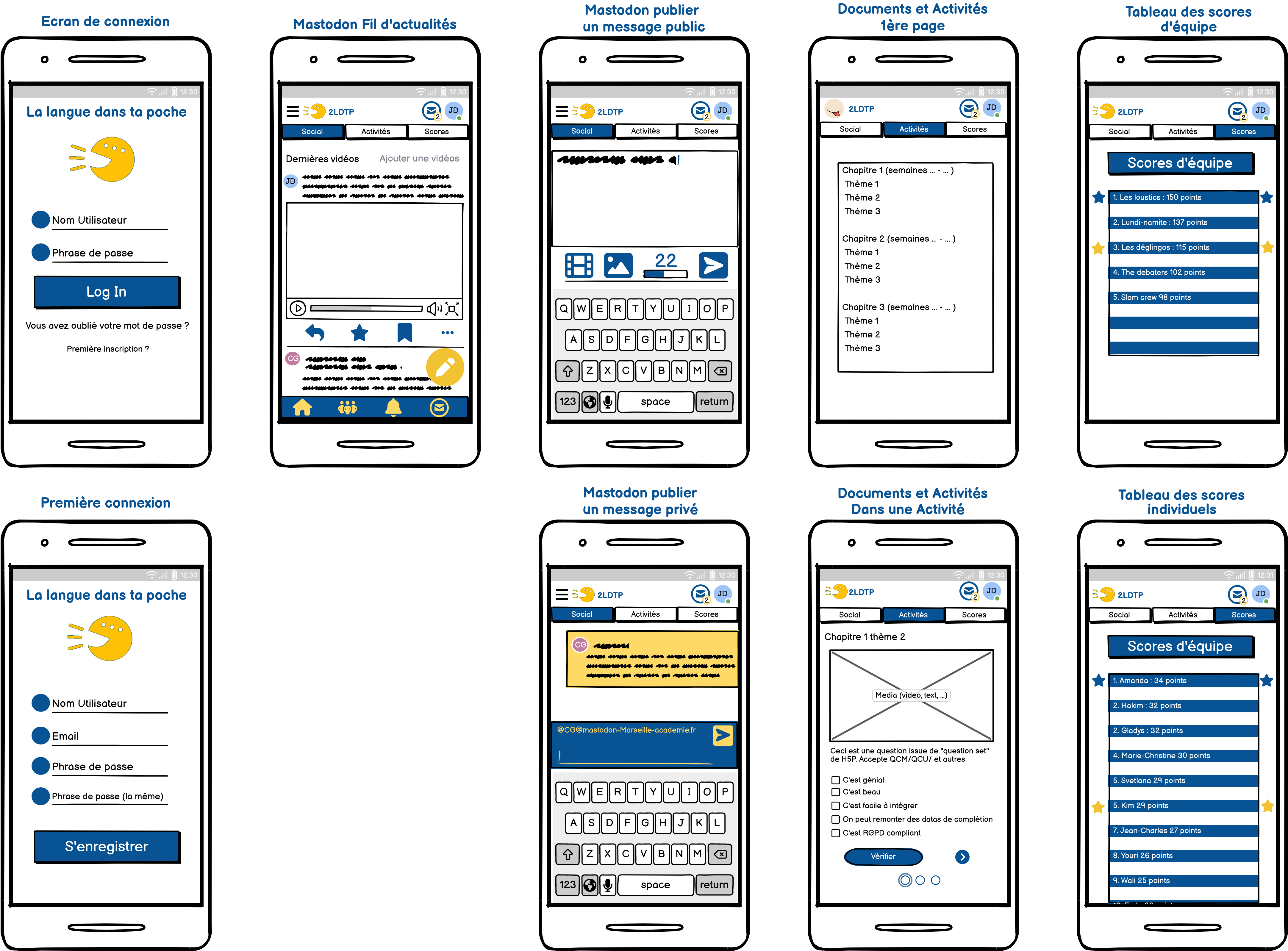Talk like you mean it !
Topic: Argumentation, Mastery of the oral languageStyle: On-site & online project. Flipped classroom.Scale: National. All colleges of France.
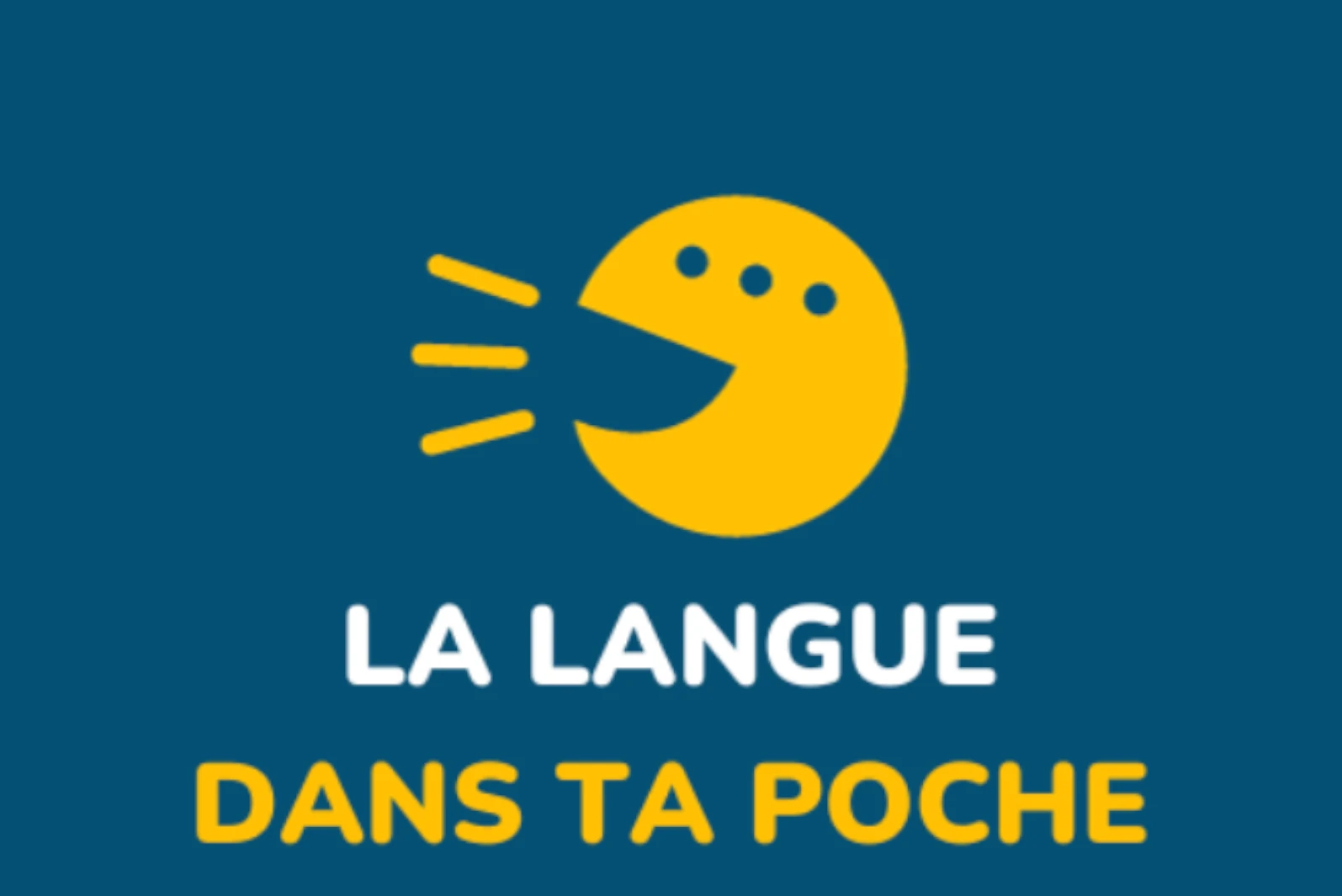
Learning design
Audience: 15 years old students in college. Duration: 5 months Domains: The overall goal of the project is to improve students’ mastery of oral language and their appreciation for the language, reading, expression, and culture, thereby making them aware of the power of speech and its role in our society, to make them confident citizens who act in their environment. My roles: Learning designer, graphic designer, software stack engineer. Software used: H5P, Mastodon, OAuth2.0, Learning Locker. FOSS only. Deployment: Not deployed. This academically acclaimed, documented, and fully functional program was developed over 3 months as part of my Master’s degree thesis, in response to an official national challenge.
Operational objectives
Pedagogical aspectsTo exercise oral language in a recurring and formalized manner, so that students are able to:
- Present, organize, and refine their thoughts,
- Acquire argumentative language skills,
- Develop effective and controlled interaction with their peers,
- Improve their mastery of the language, written skills, and reading habits.
Academic aspect :
- prepare students for the DNB oral exams and then the Baccalaureate.
Social aspect : To develop students’ social awareness so that they are able to:
- Adapt their speech to situations
- Actively engage with a cultural and historical heritage,
- Understand the power of language and its social impact.
The course is based on the official data of the French National Reference for Qualifications.
Analysis of needs & learning engineering solution
It appeared that young people are not always as motivated by eloquence as educators would have hoped. Therefore, it will be necessary to give meaning to the apparatus and the proposed exercises and motivate students as much through subject choice as through pedagogical and methodological choices.
Learning engineering solution : Talk Like You Mean It!, the educationnal program is intended for 15 y.o students. It relies on 10 workshops that take place once every fortnight at school, and are followed by asynchronous missions completed outside of school. These missions allow students to continue their experience of discovery and learning. A mobile application called "2LDTP - La langue dans ta poche"(Talk Like You Mean It!) serves as the digital extension of the project. It provides a platform for the completion of the missions in between the workshops. The application is easy to use and is aimed at both students and teachers. It comes pre-installed with videos, reference documents and standard exercises. Teachers are free to add content as they see fit, but the pre-loaded content is sufficient to complete the entire programme. To increase student motivation and collaboration, students are divided into groups of 3-4. Throughout the programme, these groups will confront each other through exercises, workshops and out-of-class missions using the application. The application includes a private social network (Mastodon) that allows students to share, comment on, and like messages and videos within a limited and controlled network. Given the innovative nature of the project and the potential pitfalls of using videos and a social network, special attention has been paid to issues related to the General Data Protection Regulation (GDPR) and responsible use of the proposed tools. The need for control led me to choose Free and Open Source Software, which offered the desired level of flexibility and safety.
Structure and functionalities of the Application
The application is set up with two profiles, Teacher and Student, which determine the rights in terms of features.
- Teachers have access to all features. They can contact the Academy's technical support if they need to remove content published by one of their students.
- Students have access to the functions for viewing and publishing video and written content, as well as the activities section and the scoreboard.
The application is divided into 3 sections.

A microblogging section (communication + video sharing) Allows users to communicate in writing with members of the school (teachers and students) through public or private messages addressed to a person or a group. Messages can contain images and/or videos, which is central to the planned use of the app. Posts (and therefore videos) can be commented on by other students and teachers.

A Content & Activities section Prepared in advance by a pedagogical team, this part contains a structured series of media and online activities that are aligned with the face-to-face activities. Activities completed within the application award points, which are counted individually and by teams, so that a scoreboard can be displayed for each college. H5P’s diverse array of interactive activities allowed targeting different competences and made learning more engaging and enjoyable.
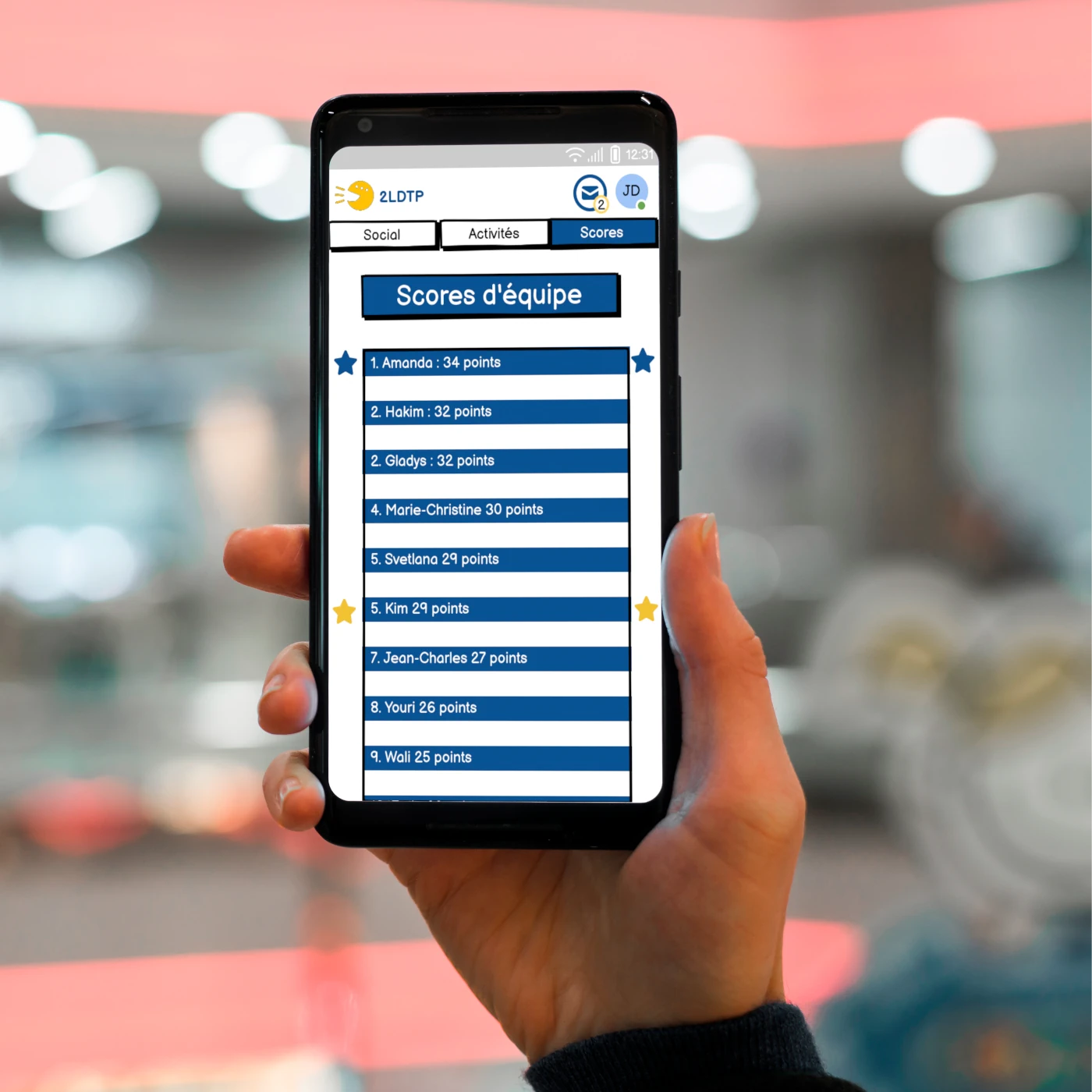
A Scoreboard section This section allows users to visualise an individual and team scoreboard for students and other teams in the college.
Design approach
The ADDIE model has been my guide for designing the project. I employed the well-established ADDIE methodology as a structured approach to guide the planning and implementation of this complex project. ADDIE stands for Analyze, Design, Develop, Implement, Evaluate.
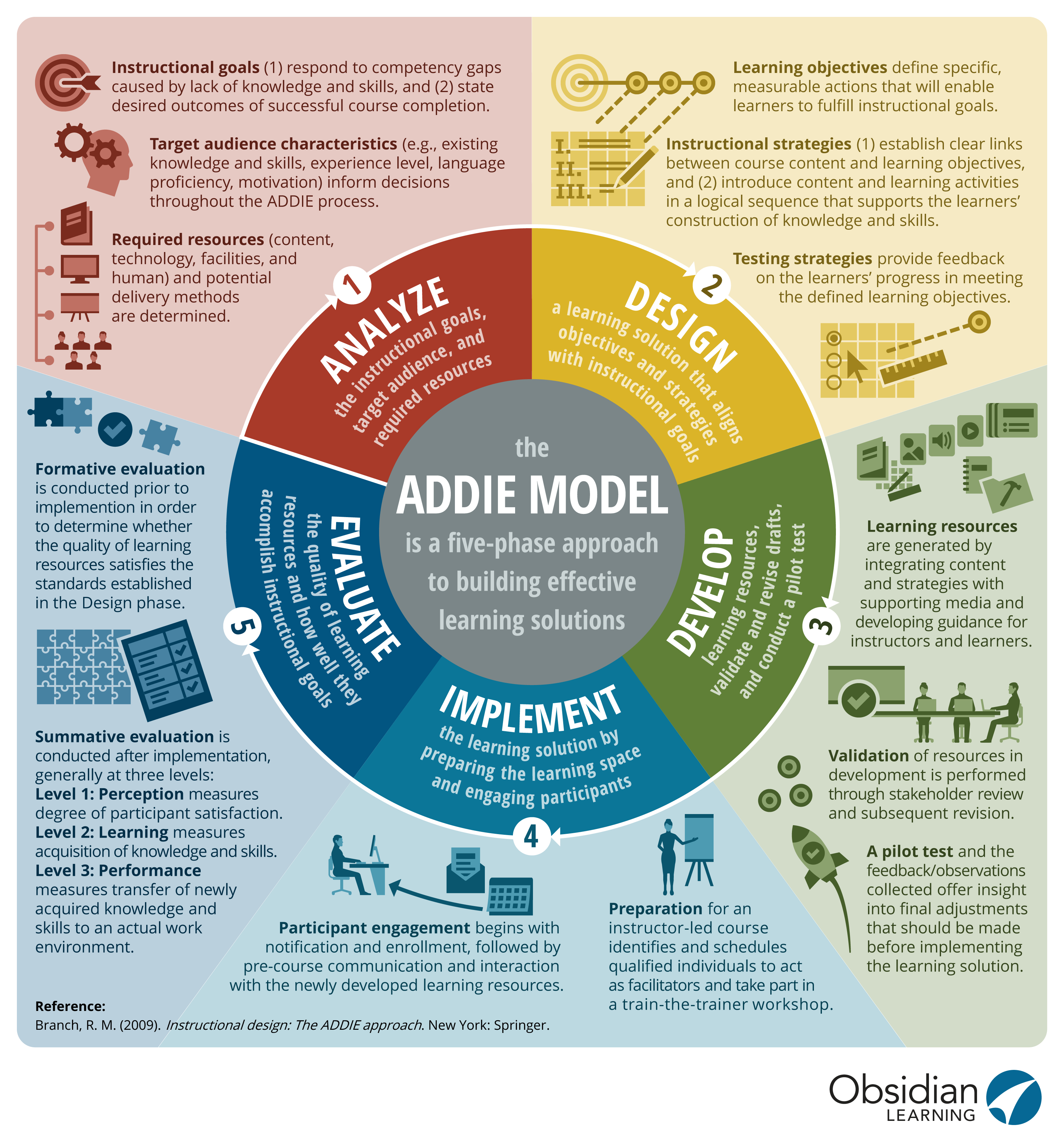
Theoretical contributions
The chosen pedagogical model should encourage students to actively build their understanding of eloquence, engage in collaborative activities, and remain motivated. To achieve this, I relied on several learning theories: Learning by Practice The constructivist approach to learning, as developed by Jean Piaget, emphasizes the active construction of knowledge by individuals. In the context of teaching eloquence, students should be encouraged to build their understanding of rhetoric and oral expression through practical activities that lead them to reflect and explore actively. David Kolb's experiential learning is also at the heart of the model. Kolb identified four phases of the learning process: concrete experience, reflective observation, abstract conceptualization, and active experimentation. By encouraging students to reflect on their oral experiences in an iterative cycle repeated many times, I foster deeper learning. This approach engages students in practical activities and reflections, helping them develop a profound understanding of eloquence beyond mere mastery of techniques. Learning with Peer Lev Vygotsky's socioconstructivism highlights the crucial role of social interaction in the learning process. Here, students benefit from collaboration among peers and social interaction to develop their oral communication skills. Moreover, Vygotsky noted that "to understand someone else's language, it is not enough to understand their words; you must also understand their thought." I aim to help students develop advanced oral communication skills beyond mere mastery of words; not only reinforcing oral language proficiency but also encouraging a deep understanding of the thoughts behind the words of great orators. My application offers activities that go beyond simple elocution, promoting reflection, argumentation, and understanding of messages. The goal is to prepare students not only to speak but also to genuinely understand and interact with others' thoughts and ideas, thus becoming confident and effective citizens. Bandura's social learning theory is another cornerstone of this model. Bandura asserts that individuals learn by observing others, modeling their behavior, and responding to rewards and sanctions. In practical terms, I use concrete examples of talented orators to inspire students and provide positive feedback to reinforce their personal efficacy and skills. Supporting engagement The development and maintenance of adolescent motivation are essential components of this pedagogical model. To inspire (as much as possible...) students' enthusiasm and encourage them to actively engage in the learning of eloquence, I rely on Deci & Ryan's self-determination theory. According to this theory, motivation is fostered when individuals feel autonomous, competent, and socially connected. In the context of this application, I incorporate elements of choice, challenge, and collaboration to support student motivation, thereby encouraging them to invest fully in learning eloquence.
Pedagogical Approaches
Collaborative ApproachI place a strong emphasis on collaborative approach, encouraging students to work together on oral projects. Students do not just prepare speeches in solitude, but also have the opportunity to collaborate in teams to create impactful presentations. This approach aims to foster cooperative learning, idea sharing, and peer feedback. When working in teams, students learn to listen, negotiate, and find solutions together. This collaborative approach is inspired by Johnson and Johnson's (1994) work on cooperative learning in educational settings, which demonstrates the pedagogical benefits of this methodology. By encouraging students to work together to achieve common oral goals, we create an environment conducive to mutual learning and personal growth.
Project-Based Active Learning I believe in active learning through concrete and relevant projects for students. This pedagogical model does not want to remain centered solely on potentially uninteresting topics for adolescents; it is essential to address De Gaulle's oratory talents and other modern, less classic speakers, and give them the opportunity to choose subjects that interest them, in line with their age and concerns. This project-based active learning approach aligns with Harp & Mayer's (1997) principles of cognitive and motivational engagement. Their article discusses the importance of sparking interest in learners when dealing with educational content. They explain that interest can be both emotional (related to the learner's personal attraction to the subject) and cognitive (related to how the content is presented and organized). It explores how learners can be more effective in their learning when their interest is aroused, and offers perspectives on how teachers can design pedagogical materials to maximize this interest. By allowing students to create speeches on topics that passion them, we foster a deeper involvement in the learning process. Students are more invested; it reinforces intrinsic motivation, as students feel autonomous in choosing their subjects and perceive their own abilities to express themselves on these topics.
Flipped Classroom Flipped classroom defined by the University of Sherbrooke (2011): "Course content is delivered through online resources – most often video capsules – and class time is exclusively devoted to team projects, discussions with the teacher, peer exchanges, practical exercises, and other collaborative activities." This model is adapted for a format with limited in-person time and allows practicing during meetings and preparing the rest of the time. Sales (2013) highlights the importance of pushing participants to follow pre-learning to avoid failure in initial flipped classrooms. A teacher's guide booklet is integrated for pedagogical project relays and a preparation time is scheduled to communicate with participants before the start of the project. Resources will be consulted before class meetings to acquire basic knowledge independently. In-class, they will focus more on practical activities like debates and oral presentations, instead of simple lectures.
Teachers' guide booklet
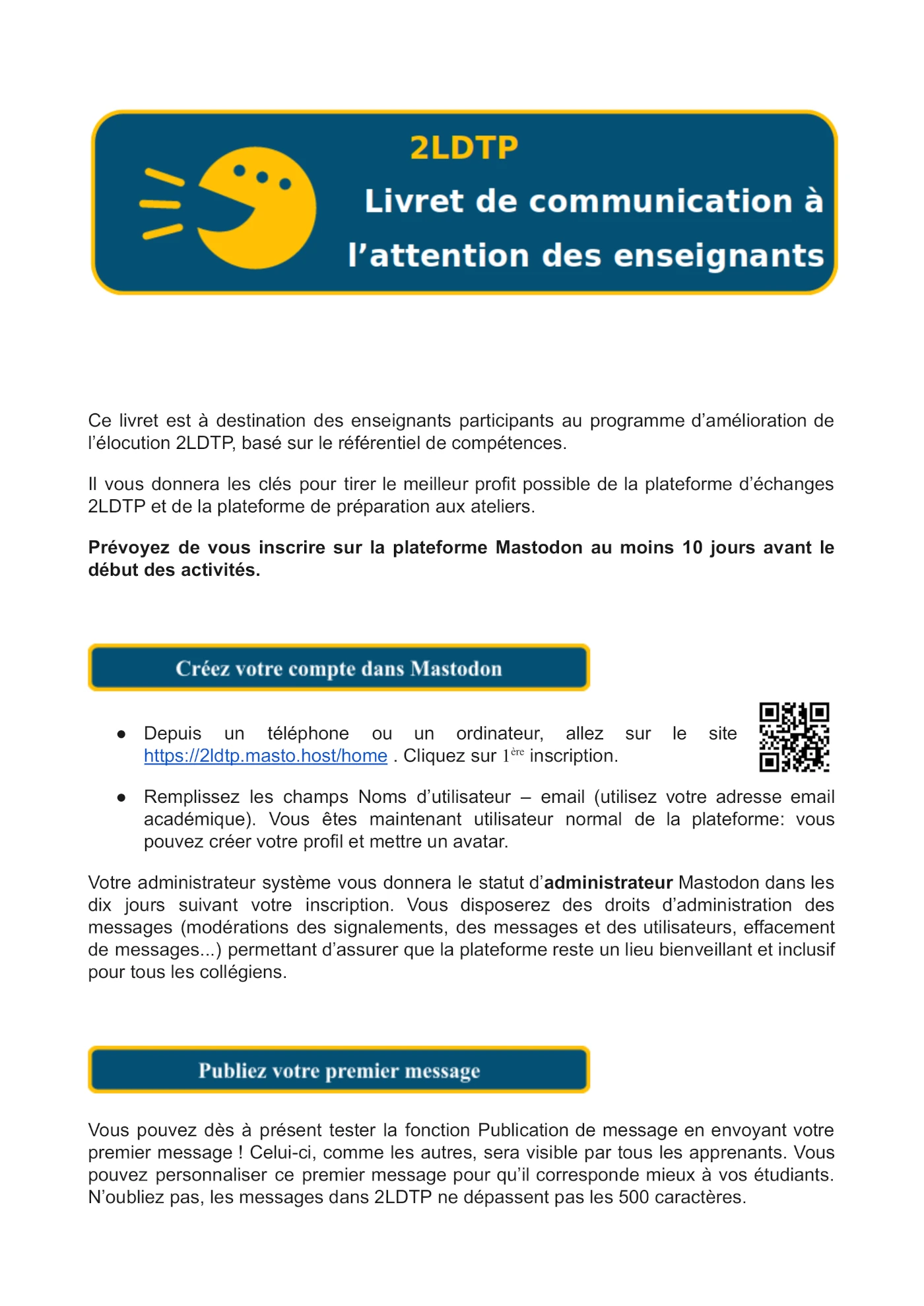
Technical aspects on server-side
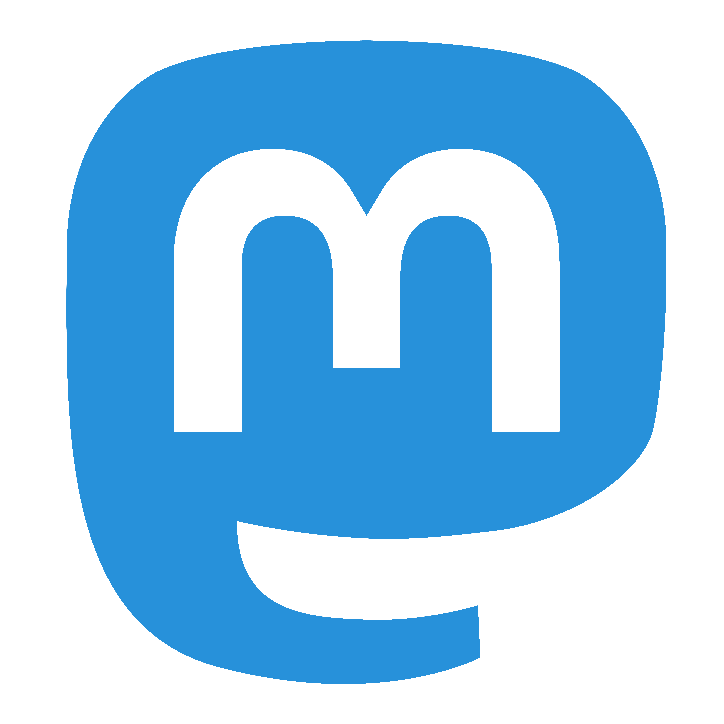
Deploying Mastodon on Academy servers Deploying Mastodon on Academy Servers: Each academy will provide access to an instance (equivalent to a server) per college. This way, messages and videos posted by students will be shared within the college and allow commenting, liking, and sending direct messages within this limited circle, all in an authenticated manner.

A Learning Record Store (LRS) deployed on academy servers, which will enable retrieving xAPI results generated by H5P usage on phones and returning individual student and team results in the dedicated scoring table section.
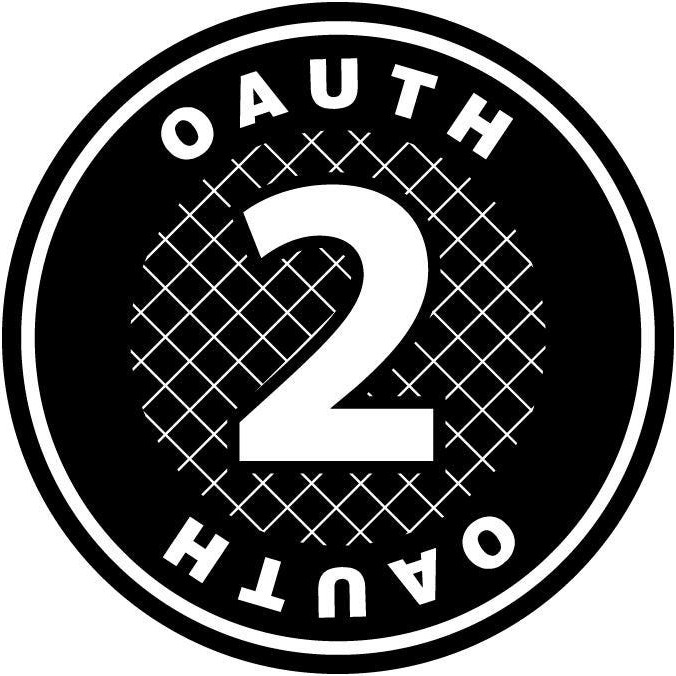
Authentification Deploying an OAuth 2.0 Server: This will allow students and teachers to authenticate in the application in general and within the Mastodon part of the application. Mastodon also relies on this authentication mode.
Instances from different colleges are not "federated" either between themselves or with the rest of the Fediverse, meaning they will not communicate outside the academy servers to other servers. The base code of Mastodon has been modified to remove all federation-related options and to display the graphical chart and fonts selected. H5P's activities also received modifications in the code to accomodate these changes.
Graphical charter
Logo
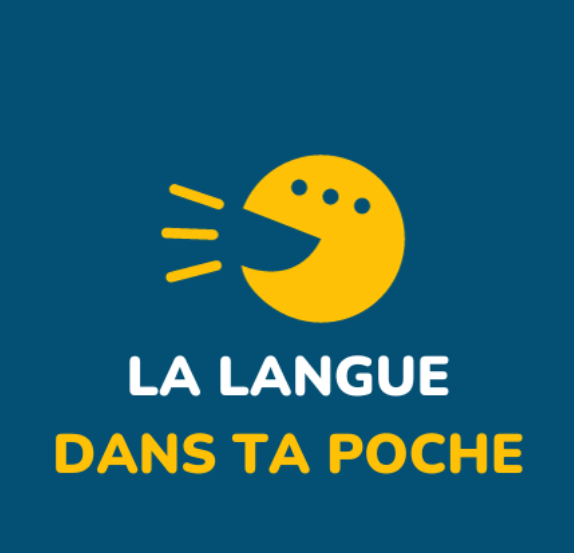
| Colors | Description |
|---|---|
|
Main color: #045074A calming color that evokes trust, seriousness, and serenity, without being austere. |
|
|
Complementary colors: #ffc105A bright, cheerful, sunny nuance to draw attention to interactive elements or important points in the interface. |
|
|
#ffffffFor text on a dark blue background to achieve good contrast for maximum readability. |
Wireframe
